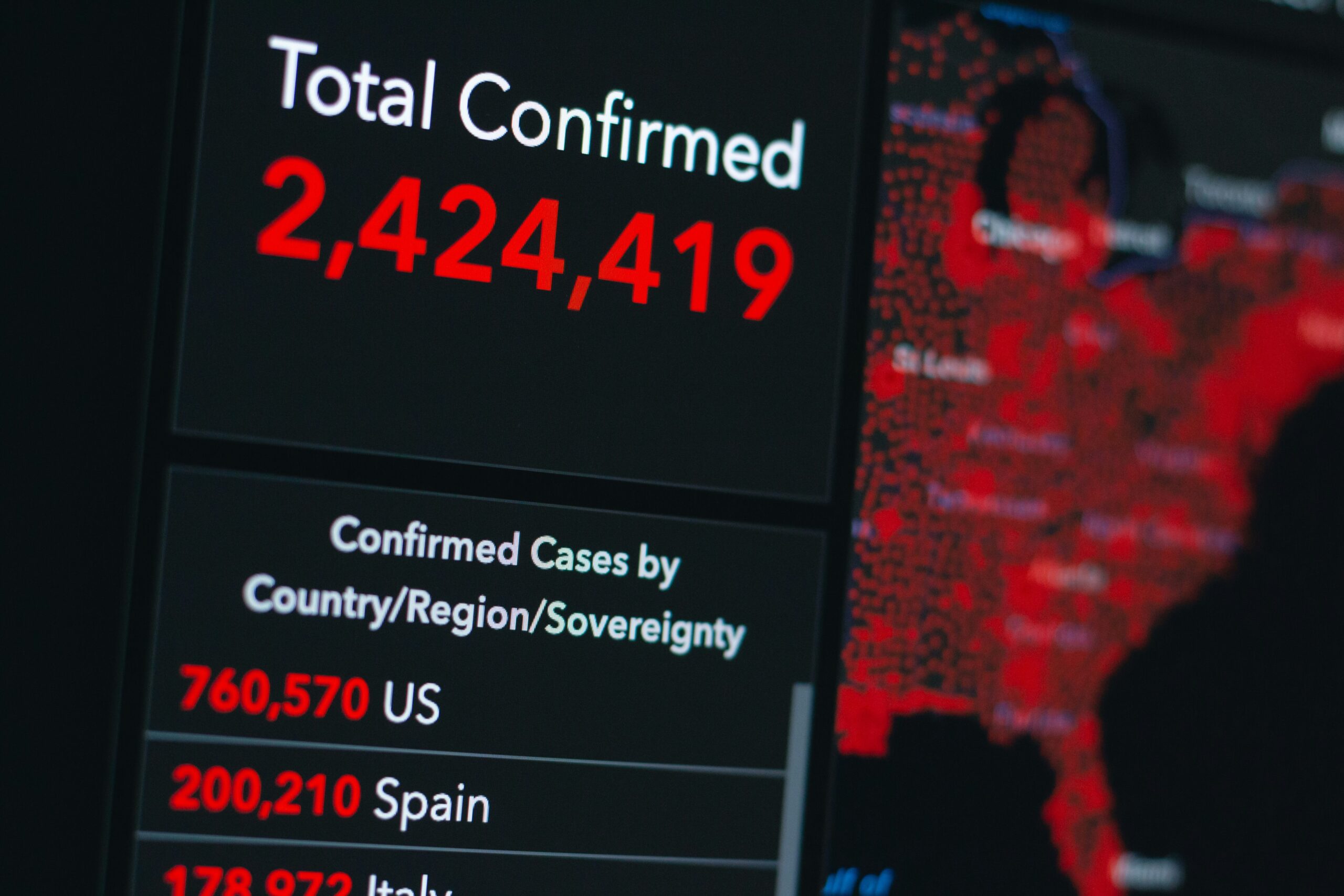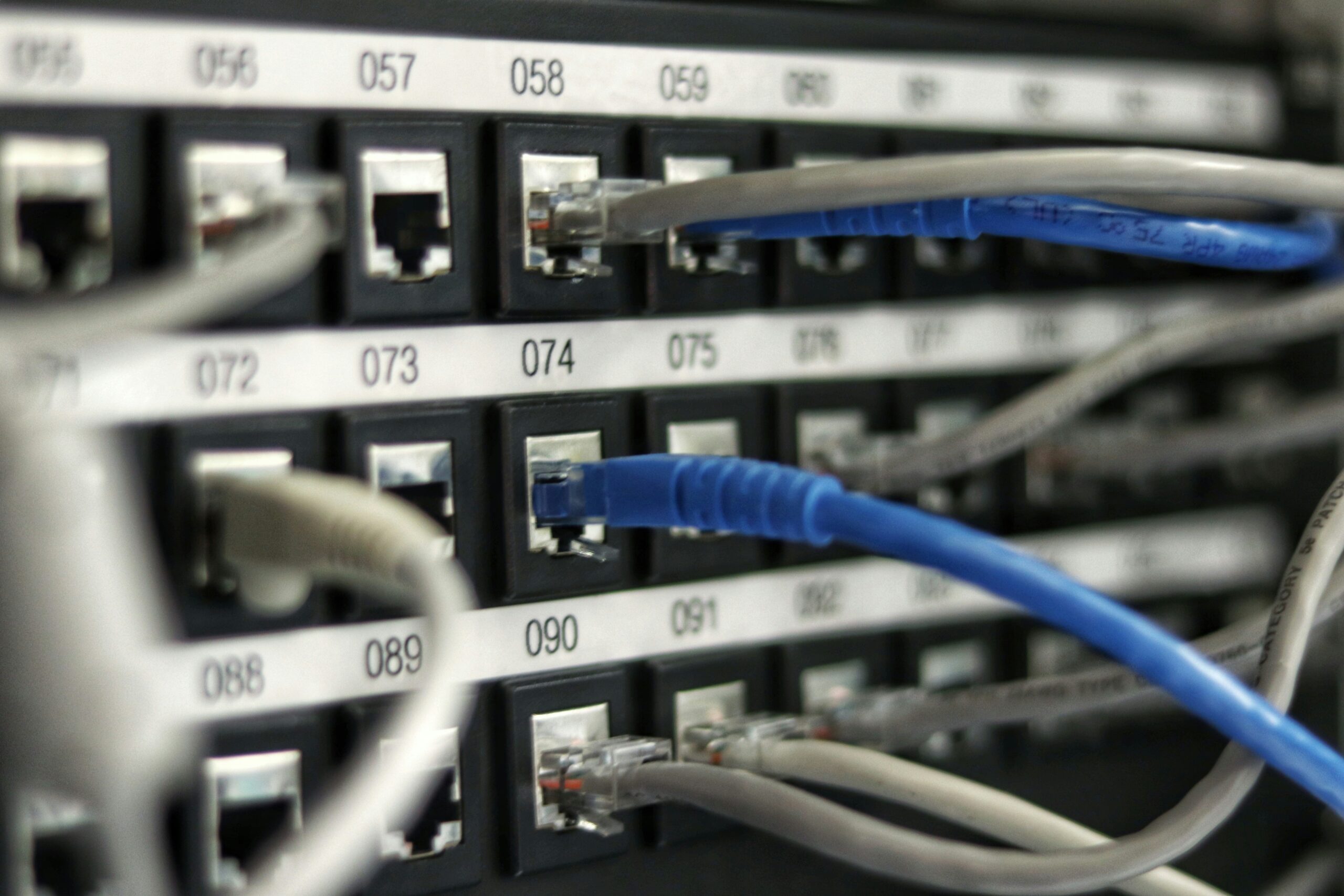Ever woken up to find your company’s data plastered across the dark web? It sounds like a plot twist in an episode of *Black Mirror*, but it’s becoming all too common. A staggering 60% of small businesses fold within six months of a cyberattack, according to recent reports. The question isn’t whether your network is vulnerable—it’s how long until someone finds those cracks.
This blog dives deep into the critical role of network vulnerability scans in modern cybersecurity. By the end, you’ll learn what they are, why they’re essential, and how to run them effectively. We’ll even tackle some terrible yet surprisingly common advice—because we’ve all been there.
Table of Contents
- Key Takeaways
- The Growing Threat Landscape: Why Network Vulnerability Scans Matter
- Step-by-Step Guide to Conducting a Network Vulnerability Scan
- Top Tips for Maximizing Your Scans
- Real-World Case Studies: Lessons Learned
- Frequently Asked Questions About Network Vulnerability Scans
Key Takeaways
- Network vulnerability scans help identify weak points before attackers do.
- Regular scanning ensures compliance with industry regulations and boosts customer trust.
- Poorly executed scans can create false confidence if not paired with actionable remediation strategies.
The Growing Threat Landscape: Why Network Vulnerability Scans Matter

Let me paint you a picture. Imagine this: You think your firewalls are bulletproof, right? Then one Monday morning, you discover that outdated FTP software left a backdoor wide open. Hackers didn’t just stroll through—they threw a rave inside your system while siphoning off sensitive client info.
Sounds dramatic? I once ignored a glaring alert about unpatched firmware on our office router. Long story short, within two weeks, we got hit by ransomware so nasty we had to pay up or lose everything. Lesson learned: “It won’t happen to me” is the dumbest mantra ever.
“Optimist You: ‘My IT team has this handled.’
Grumpy Me: ‘Yeah, sure. Until they don’t.'”
What Exactly Are Network Vulnerability Scans?
In plain English, these scans act as virtual blood tests for your network. They probe every nook and cranny, from servers to employee laptops, looking for flaws like outdated software, misconfigured firewalls, or weak passwords. Think of it as debugging—but instead of fixing typos in code, you’re plugging holes where bad guys could sneak in.
Step-by-Step Guide to Conducting a Network Vulnerability Scan

- Select the Right Tool (OpenVAS, Nessus, Qualys).
- Define Scope: Which parts of the network should be scanned?
- Run Non-Intrusive Tests First to Avoid Disruption.
- Analyze Results Immediately After Completion.
- Prioritize Fixes Based on Risk Score.
- Repeat Regularly (Quarterly at Minimum).
Pro Tip:
Don’t fall for tools promising instant fixes. Scanning alone won’t save you; it’s what you DO with the results that counts. Remember my earlier rant? Yeah, paying the ransom taught me that lesson real quick.
Top Tips for Maximizing Your Scans
| Do This | Not That |
|---|---|
| Use Automated AND Manual Checks | Rely Solely on Automation |
| Document Every Finding Thoroughly | Ignore Low-Priority Alerts |
| Engage Cross-Departmental Teams | Treat It as Solely an IT Problem |
Note: Terrible tip alert! Some folks suggest skipping external scans because “internal threats matter more.” Newsflash: Both are dangerous. Bad actors aren’t picky—they’ll exploit any hole they find.
Real-World Case Studies: Lessons Learned
Case Study #1: Retail Giant Gets Schooled in Scans

A major retailer neglected quarterly scans despite multiple warnings from auditors. Fast forward six months—a massive breach exposed millions of credit card numbers. Cleanup cost? Over $100 million. Moral of the story? Prevention > Damage Control.
Frequently Asked Questions About Network Vulnerability Scans
Q: How Often Should I Perform Scans?
A: At least quarterly, though monthly is ideal for high-risk industries like finance or healthcare.
Q: Can These Scans Cause Downtime?
A: If improperly configured, yes. Always test non-critical systems first.
Q: Are Free Tools Reliable?
A: Mixed bag. Open-source options like OpenVAS work great when used correctly, but enterprise-grade solutions offer deeper insights.
Conclusion
Let’s recap: Network vulnerability scans aren’t optional—they’re mission-critical. Whether you’re fending off phishing scams or blocking brute-force attacks, staying ahead means staying informed. So gear up, schedule those scans, and never underestimate the value of patch management.
And finally, remember: Like Pac-Man gobbling dots, keep chasing down those vulnerabilities before they gobble YOU. Cheers!
Coffee fuels progress, But so does robust security— Scan, fix, repeat!


